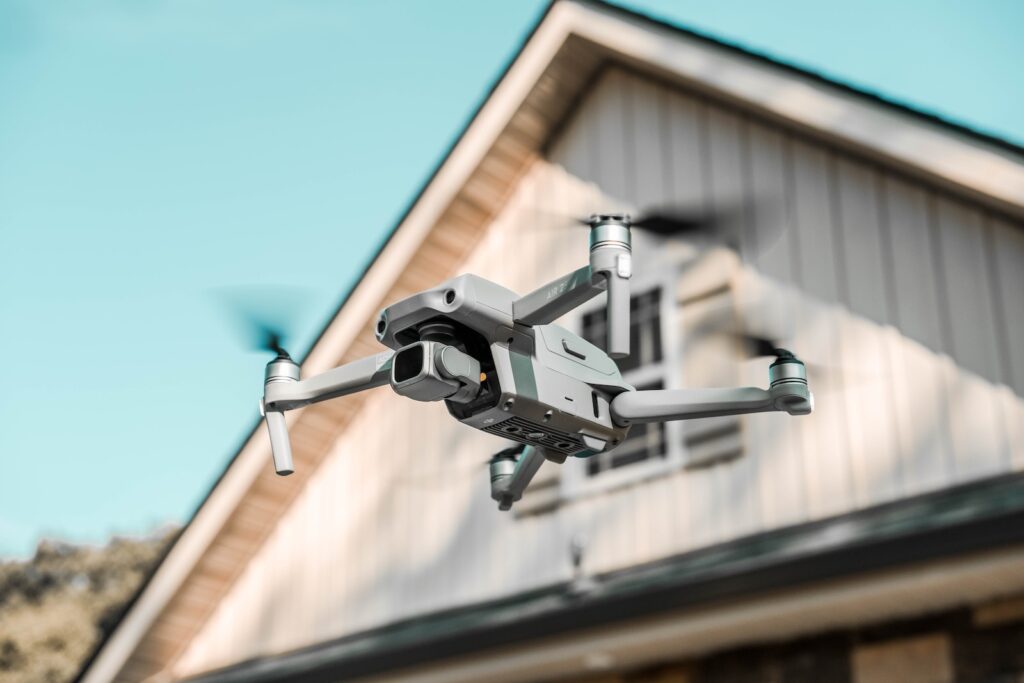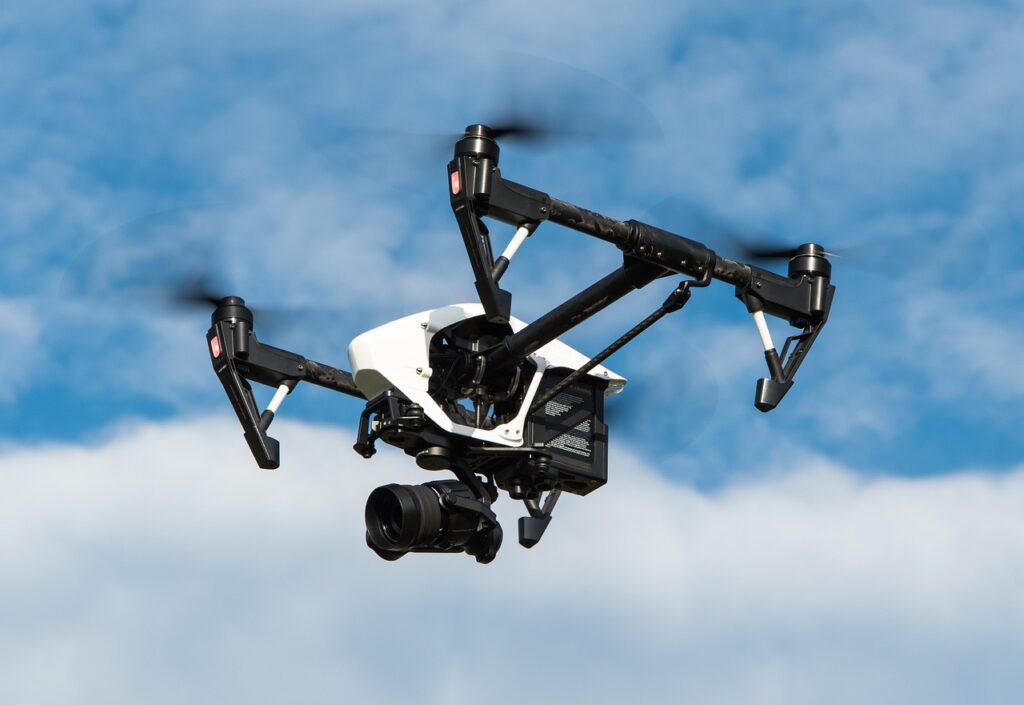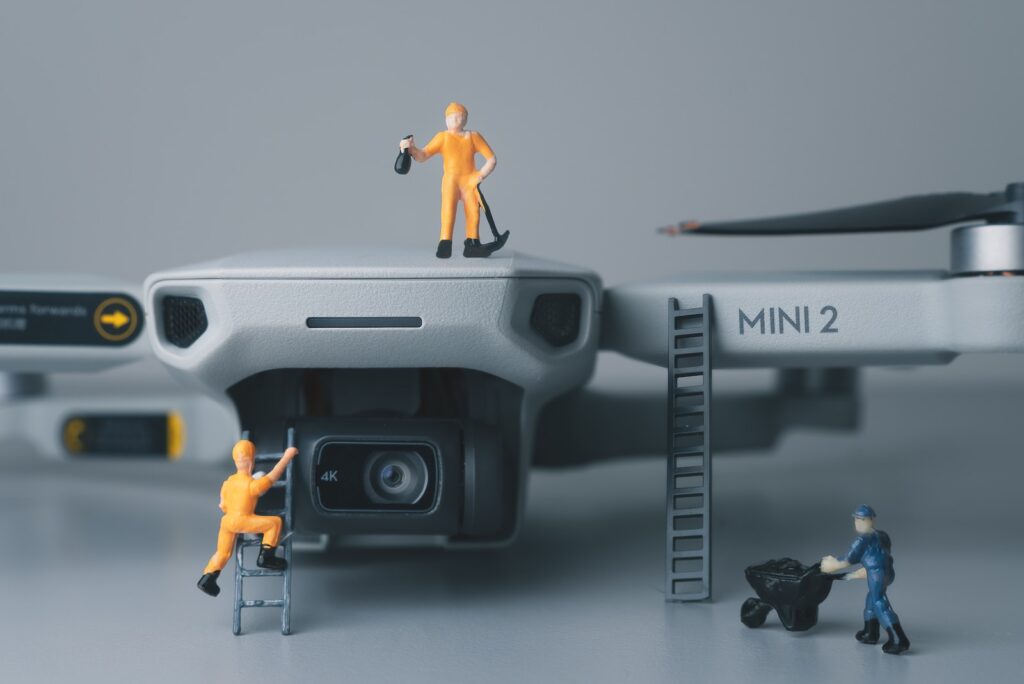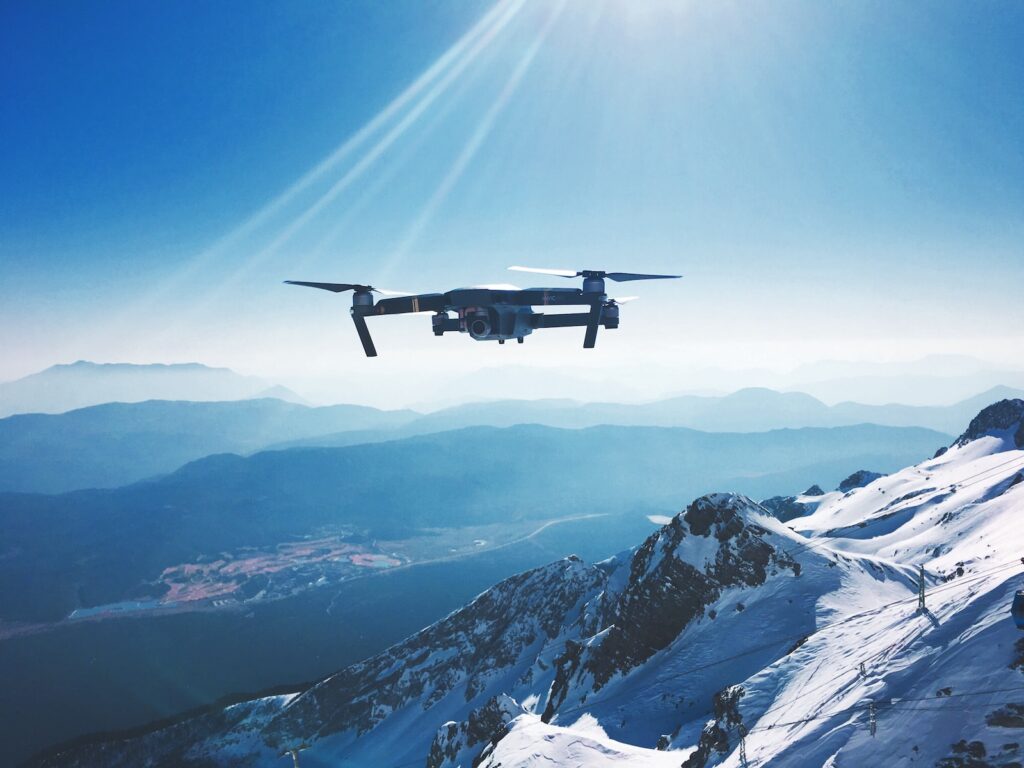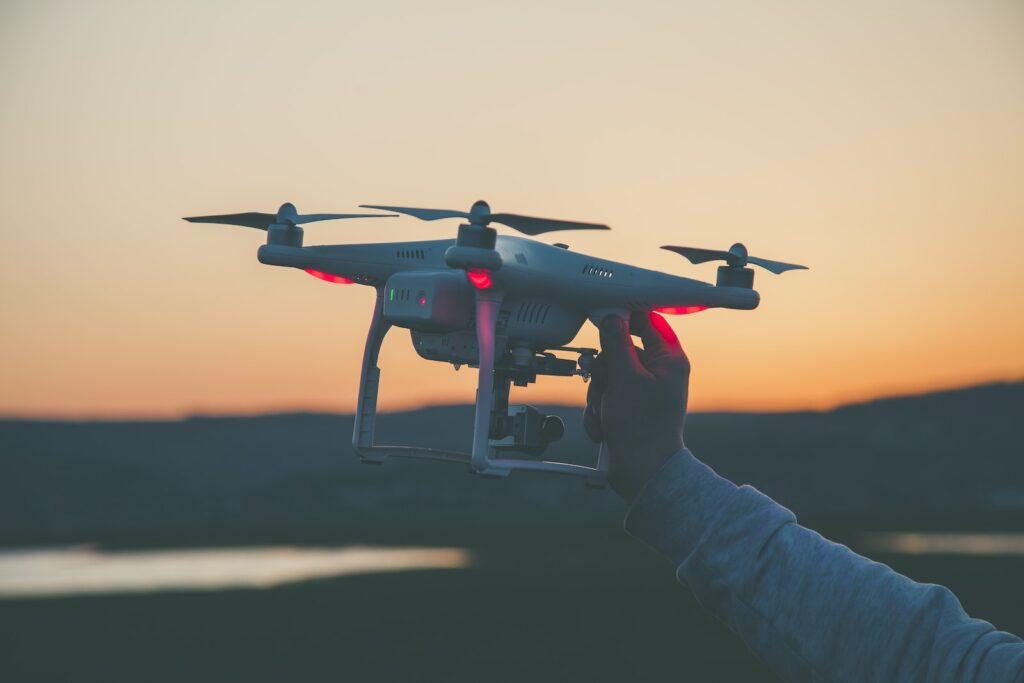Drones, or Unmanned Aerial Vehicles (UAVs), have skyrocketed in popularity in recent years, captivating individuals with their high-tech features and the promise of aerial exploration. Whether for breathtaking photography, videography, or simply the thrill of flight, drones have a lot to offer. However, for beginners, the prospect of piloting these advanced devices may seem daunting. This article aims to simplify that process, providing an essential guide for novice drone pilots.
Understanding Your Drone
Before taking flight, familiarize yourself with your drone and its components. Drones come in various types, but most consumer drones are quadcopters, with four propellers. These propellers are paired diagonally and spin in opposite directions to maintain balance. The drone’s main body houses the battery, flight controller, GPS module, and, in most cases, a camera.
Pre-flight Preparations
Before your first flight, ensure your drone is ready:
Charge the Battery: Make sure your drone’s battery is fully charged. Most drones provide flight times between 15 to 30 minutes.
Check Propellers: Make sure they are secure and free from damage.
Ensure a Clear Takeoff Area: Your launch area should be free from obstacles.
Calibrate the Drone: Refer to your drone’s manual for calibration instructions to ensure it behaves as expected during flight.
Taking Flight
Operating a drone often involves a two-stick controller. One stick controls altitude and rotation, while the other stick handles forward, backward, and side-to-side movements. Start by slowly increasing the throttle to lift your drone off the ground. Practice hovering and gentle maneuvers before attempting more complex movements.
Safety Measures
Flying drones come with responsibilities:
Follow Local Laws: Regulations vary by region, so be sure to understand and follow your local drone laws.
Avoid Crowds and Buildings: As a beginner, steer clear of people, animals, buildings, and other obstacles.
Keep Your Drone in Sight: Always ensure your drone is within your visual line of sight.
Practice, Practice, Practice
Like any skill, drone flying requires practice. Start in an open space free of obstacles and gradually introduce more challenging maneuvers as you gain confidence and skills.
Remember, the journey of mastering drone flight should be one of exploration and enjoyment. With patience and practice, you’ll soon experience the incredible world that drones open up. Welcome to the exciting journey of drone piloting!

